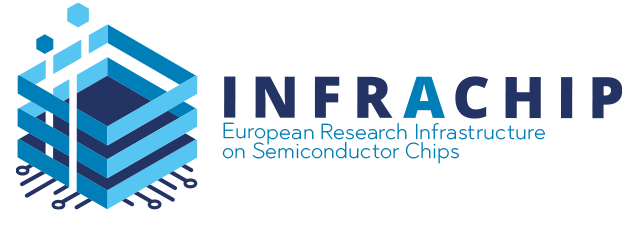Multi-material 3D Printed Electronics
About
The 3D printed RF electronics facility at Tyndall offers is equipped with two distinct multi-material/multi-process 3D printers that allow the manufacturing of 3D RF components, RF systems, antennas, sensors, IoT devices and electronics on planar, conformal and arbitrary shape 3D platforms. Particularly, the lab is equipped with a multi-process/multi-material 3D printer with 5-axis printing capability that supports a combination of additive and substrative processes such as piezo jetting, dispensing, fused-filament fabrication, UV curing, laser curing, laser ablation and machining. The lab is also equipped with a high-resolution inkjet printer that supports both dielectric and conductive materials.
Description
5-axis multi-material/multi-process manufacturing platform: The printed electronics system is a versatile mechatronics system that integrates multiple additive manufacturing processes, including Fused Filament Fabrication (FFF), piezo jet, dispenser for liquid deposition, UV-cured material jetting, LASER and milling technologies. Such a combination allows to produce complex components using a diverse range of materials, such as ceramics, elastomers, thermoplastics, and electronic/PCB materials. The printer’s substantial build volume of 650 × 450 × 250 mm accommodates large-scale projects, making it suitable for various applications.
Further details can be found at: https://www.neotech-amt.com/
Inkjet printer: A key feature of the DragonFly IV is its dual-print-head system, which simultaneously deposits conductive and dielectric ink within the same platform with high precision. This ensures accurate alignment and seamless integration of layers, creating reliable and efficient devices. The printer supports rapid iteration, reduces material waste compared to traditional manufacturing methods, and allows for the creation of intricate designs that would be challenging with conventional fabrication techniques.
Further details can be found at: https://www.nano-di.com/dragonfly-iv
Technical specifications:
Tools: Fused filament fabrication (FFF), Piezo-jet, Ink-jet, dispenser, milling tool, laser and UV.
- Material Range: Supports PLA, PC, ABS, nylon, flexible filaments, and high-temperature materials
- Advanced Geometry & Mechanics: Enables complex structures without support, improving mechanical properties
- Precision: Prints high-viscosity materials (up to 200,000 mPas); nozzle up to Ø10 μm, with line widths up to 20 μm
- Highly-conductive silver σ: 1.8×106 – 2.52×107 S/m
- Min. thickness: 1.18 µm
- Low loss dielectric: ε_r: 2.83, tan δ: 0.023 at 5 GHz
- Min. thickness: 10 µm
- Multiple nozzles parallel ink processing
- Multiple layers for up to thicknesses of 3 mm
- Min. signal trace thickness: 17 µm
- Min. line width: 75 µm & gap: 100 µm
- Min. dielectric layer thickness: 50 µm
Case study:
A researcher developing advanced RF devices uses Neotech’s 5-axis printing to create intricate, conformal designs and DragonFly’s dual-material system for precise multilayer circuits. They rely on these printers to overcome challenges in traditional manufacturing, such as complex geometries and material limitations. Access to these technologies accelerates their prototyping and enables innovative solutions for cutting-edge applications.
Optional:
9.b The Neotech 5-axis printer and DragonFly system enable the development of advanced RF and antenna subsystems with multifunctional and conformal designs. The Neotech printer is ideal for creating 3D antennas on curved surfaces, while the DragonFly system excels in fabricating multilayer circuits with precise conductive and dielectric structures, making them valuable for industries like aerospace, automotive, and IoT, where compact, lightweight, and high-performance components are critical.
Access Provider / Facilities





